Fluorinated Azides: Click Chemistry Meets Fluorine
A new group of tools for the introduction of fluorinated groups is introduced in collaboration with CF Plus Chemicals, a specialist in fluoroorganic chemistry.
Organic azides have become very popular building blocks in life science due to their rich chemistry, especially the copper-catalyzed azide-alkyne cycloaddition, also coined as click reaction1, whose significance was confirmed by being awarded the Nobel Prize in Chemistry in 2022.
The robustness of this transformation led to numerous applications in combinatorial chemistry and several new high-throughput drug discovery technologies, such as DNA-encoded libraries.2
Small fluorinated organic azides are exotic molecules that combine their easy attachability with a wide selection of fluorinated groups relevant to medicinal chemistry discovery programs.
So far, small-molecule fluoroalkyl azides eluded widespread use in life science due to their perceived unsafe nature and poor commercial availability.
Now, we provide several low-molecule fluorinated azides as safety-tested, easy-to-handle solutions. Due to the high volatility of these compounds, they are supplied as well-defined dilute solutions in tetrahydrofuran or 1,2-dimethoxyethane and can be easily stored in a freezer.
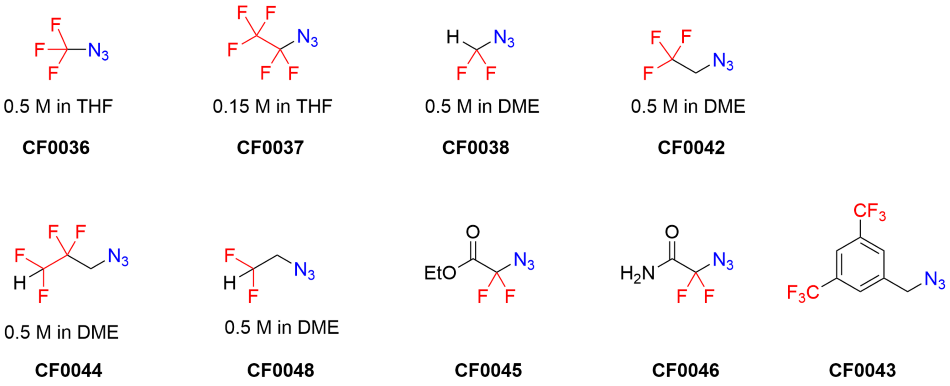
Figure 1.Newly available fluorinated azide structures with catalog numbers.
These fluoroalkyl azides undergo copper-catalyzed alkyne-azide cycloaddition, forming 1,4-regioisomers in high selectivity (Figure 2).3,4
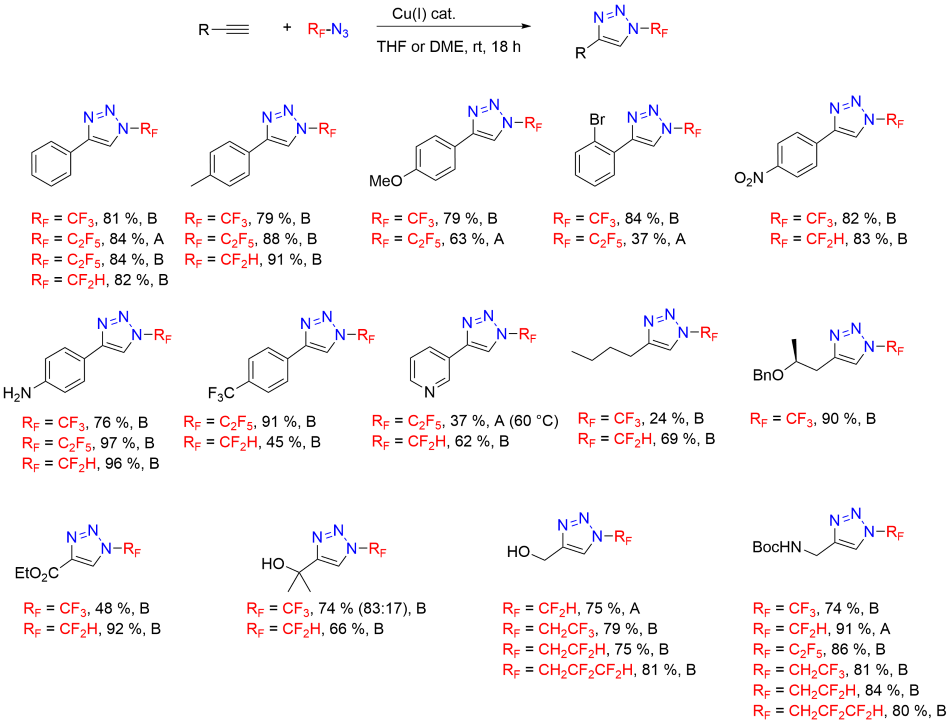
Figure 2.Copper-catalyzed alkyne-azide cycloaddition via two methods with multiple functional groups. Method A: CuSO4 · 5H2O (10 mol %), Na L-ascorbate (10 mol %), H2O. Method B: Copper(I)-3-methylsalicylate (CuMeSaI) (1-5 mol %).
Besides the classical copper-catalyzed click reaction, the electrophilic nature of fluorinated azides permits their cycloaddition with easily enolizable ketones with electron-withdrawing groups via their in situ generated enamines, forming 4,5-disubstituted-1,2,3-triazoles.4,5
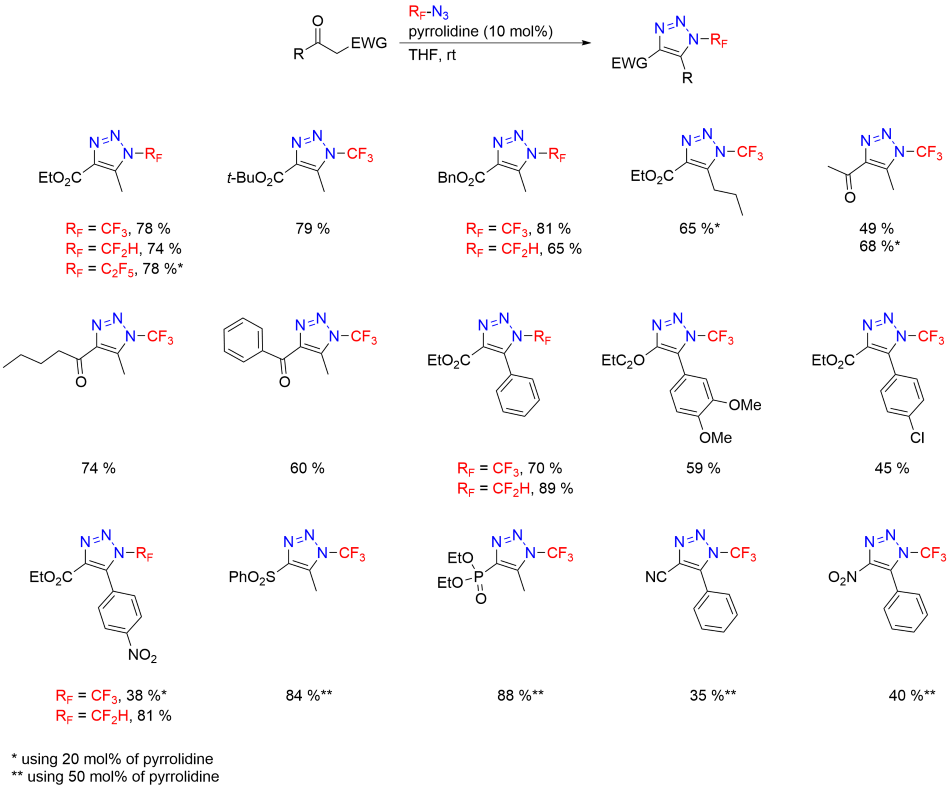
Figure 3.Cycloaddition of fluorinated azides with multiple enolizable ketones with electron-withdrawing groups via their in situ generated enamines.
From N-perfluoroalkyl triazoles to other N-perfluoroalkyl heterocycles
The N-perfluoroalkyl triazoles themselves can also serve as useful starting materials for the synthesis of various, otherwise hardly accessible N-perfluoroalkylated azaheterocycles.
Using Rh-catalysis under microwave conditions, N-fluoroalkyl-1,2,3-triazoles undergo denitrogenative ring opening to Rh-carbenoid reactive intermediates that can be intercepted with various reaction partners such as nitriles, enol ethers, silyl ketene acetals or isocyanates to yield previously unknown N-perfluoroalkyl imidazoles, pyrroles, imidazolones, and pyrrolones, respectively.6
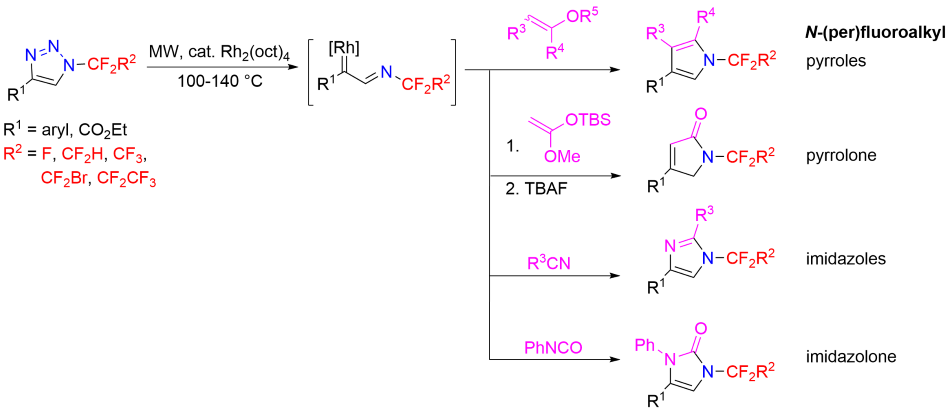
Figure 4.Denitrogenative ring opening under microwave conditions using a Rhodium catalyst.
As opposed to direct N-perfluoroalkylation of imidazoles with hypervalent iodine-perfluoroalkyl reagents which leads to the formation of regioisomers7, Rh-catalyzed transannulation provides expedient access to regioisomerically pure N-perfluoroalkyl imidazoles.
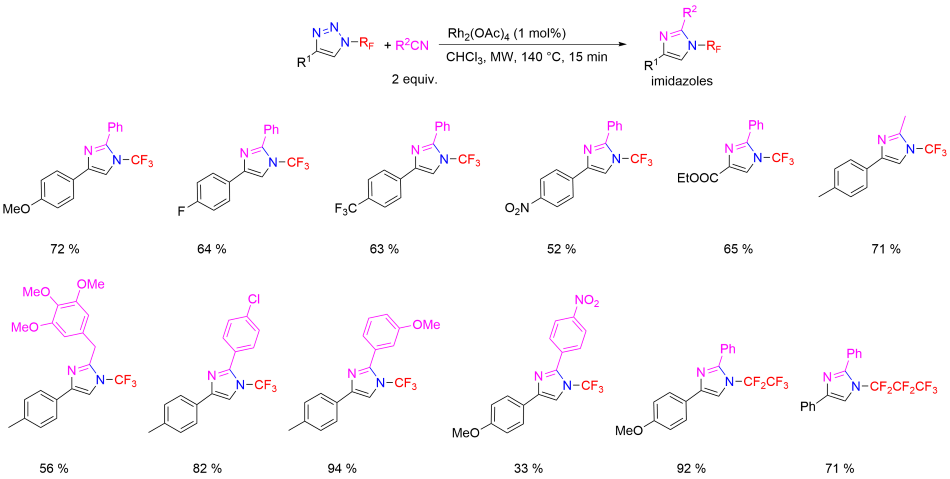
Figure 5.Regioisomerically pure N-perfluoroalkyl imidazoles synthesized via rhodium catalyzed transannulation.
N-fluoroalkyl triazoles can undergo chemoselective and regioselective Rh-catalyzed [4+3] annulation with 1,3-dienes, providing access to otherwise hardly accessible N-fluoroalkyl azepines.8
![N-fluoroalkyl azepines synthesized via rhodium catalyzed [4+3] annulation with 1,3 dienes N-fluoroalkyl azepines synthesized via rhodium catalyzed [4+3] annulation with 1,3 dienes](/deepweb/assets/sigmaaldrich/marketing/global/images/technical-documents/articles/chemistry-and-synthesis/fluorination/flourinated-azides/n-fluoroalkyl-azepines/n-fluoroalkyl-azepines.png)
Figure 6.N-fluoroalkyl azepines synthesized via rhodium catalyzed [4+3] annulation with 1,3 dienes.
Properties of N-trifluoromethylated azaheterocycles
N-Trifluoromethyl nitrogen heterocycles, such as pyrazoles or benzimidazoles are stable towards hydrolysis, unlike N-trifluoromethyl secondary or tertiary amines. These azoles display favorable medicinal chemistry properties, such as increased lipophilicity and Caco-2 permeability, no reactivity with glutathione, and decreased pKa; making them interesting building blocks in drug design.9
Although N-trifluoromethyl azoles are rare compounds,10,11 this moiety is starting to appear in potential drug candidates. For example, replacing the methyl substituent on nitrogen in the checkpoint kinase 1 (CHK1) inhibitor for the trifluoromethyl group resulted in suppressed N-dealkylation while keeping comparable inhibitory activity.12
Substituted fluoroalkyl azides
Derivatives of azidodifluoroacetic acid are clickable building blocks that introduce an additional vector for building up molecular complexity.
Ethyl azidodifluoroacetate is a versatile material that reacts with alkynes under anhydrous conditions to give N-ethoxycarbonyldifluoromethyl triazoles which can be hydrolyzed to the corresponding acids, transformed to amides by direct amidation with electron-rich amines, reduced to primary alcohols or converted into hydroxamic acids by reaction with hydroxylamine.
Since hydroxamic acids are potent metal Zn(II) and Fe(III) binders and constitute an essential component of various metalloenzyme inhibitors (for example histone deacetylase, carbonic anhydrase, matrix metalloproteinase, and others),13 fluorinated hydroxamic acids are an interesting addition to the armamentarium of metal-binding groups. Alpha fluorination has been shown to provide valproic acid-derived hydroxamates and amides with an improved anticonvulsant profile.14
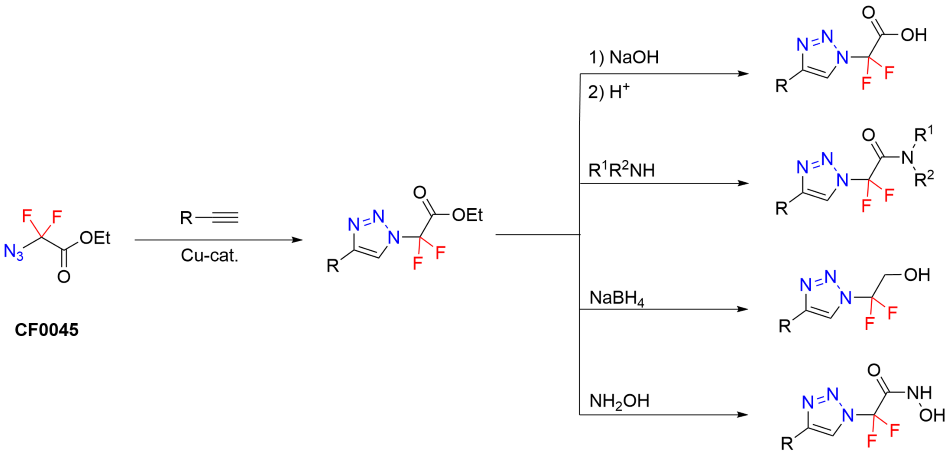
Figure 7.Examples of reactions using ethyl azidodifluoroacetate as the starting material to synthesize N-ethoxycarbonyldifluoromethyl triazoles which can be further reacted to corresponding acids, amides, primary alcohols or hydroxamic acids.
Azidodifluoroacetamide is a building block for a direct introduction of the rare difluorocarboxamide moiety.

Figure 8.Difluorocarboxamide moiety synthesized using Azidodifluoroacetamide.
Compared to their non-fluorinated counterparts, all derivatives of azidodifluoroacetic acid are expected to have significantly lower pKa values and therefore offer additional possibilities in drug design.
3,5-bis-(trifluoromethyl)-benzyl group represents a privileged motif found in several drug candidates. For example, in the synthesis of Eli Lilly´s neurokinin-1 antagonists, 3,5-bis(trifluoromethyl)benzyl azide served as a key starting material for the assembly of the disubstituted triazole core by base-mediated azide-ketone cycloaddition.15

Figure 9.Example of 3,5-bis(trifluoromethyl)benzyl azide used as a key starting material in the synthesis of Elli Lilly´s neurokinin-1 antagonists.
19F NMR applications of fluorinated azides
Fluorinated azides, especially those with magnetically equivalent fluorine atoms, offer an additional useful property of introducing a 19F NMR-sensitive probe to various molecules, spanning from small molecule drug candidates, libraries for 19F NMR fragment-based drug discovery16,17 to biomolecules, such as peptides, proteins,18 and others.
In the context of oligonucleotides, instead of introducing the 19F NMR probe via the incorporation of custom-designed fluorinated nucleosides, the robust click reaction can be used to introduce various fluorinated groups using readily available alkynylated precursors.
Special thanks to CF Plus Chemicals for supplying the information included in this article!
Related Materials
References
To continue reading please sign in or create an account.
Don't Have An Account?